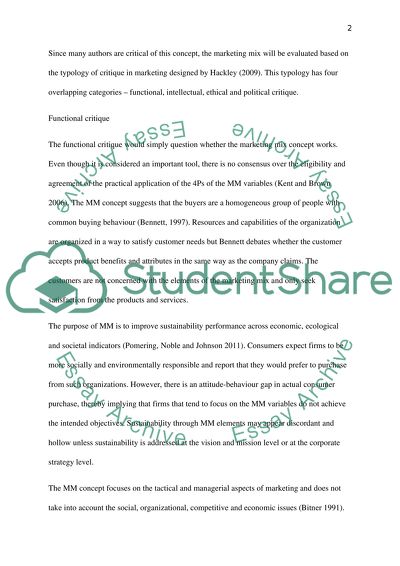Cite this document
(“Marketing mix Essay Example | Topics and Well Written Essays - 1500 words”, n.d.)
Retrieved from https://studentshare.org/marketing/1461961-marketing-mix
Retrieved from https://studentshare.org/marketing/1461961-marketing-mix
(Marketing Mix Essay Example | Topics and Well Written Essays - 1500 Words)
https://studentshare.org/marketing/1461961-marketing-mix.
https://studentshare.org/marketing/1461961-marketing-mix.
“Marketing Mix Essay Example | Topics and Well Written Essays - 1500 Words”, n.d. https://studentshare.org/marketing/1461961-marketing-mix.


